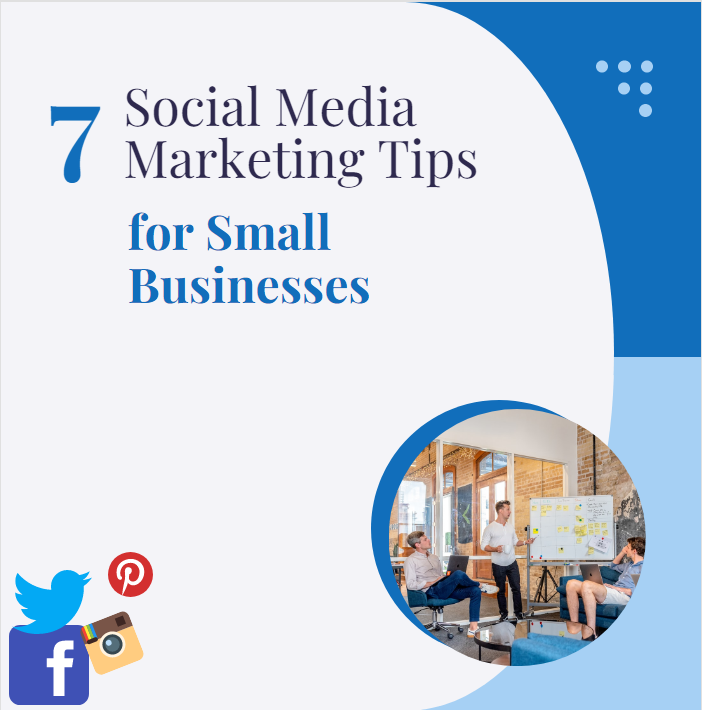
Digital media marketers are responsible for developing and distributing content. A successful digital content creator creates articles, blogs, videos, and seasonal promotional content for companies and brands. They create content that builds brand awareness, manages campaigns and develops digital advertising. Salary for this position varies by experience and company. To learn more about what it takes to become a digital media marketer, read on. This career path would suit someone who is passionate about Marketing.
Job description for digital media marketer
A job description of a Digital Media Marketer is essential to any marketing campaign. This person plans and implements digital marketing campaigns and strategies for a company, including designing social media presences and measuring performance against goals. They can also design and implement creative growth strategies, run experiments and monitor conversion rates and ROI. The following are common tasks of a digital marketing professional. Read on to find out more about this job!
Skills needed to become a digital media marketer
It is important to have a good understanding of search engine optimization as a digital media marketing professional. You must be able to use search engine optimization techniques (SEO) to get your content on search engines like Google. You need to understand how to optimize video, podcasts, written content and images for search engines. Even though each platform has its own unique nuances, the general SEO strategies are similar. Moreover, digital marketing requires strong communication skills.

A strong knowledge of design principles and trends is also required. It is important to have a solid understanding of typography, color theory as well composition and design principles. It is also helpful to be familiar with user experience trends (UX/UI). In order to create engaging content, it is important that you can collaborate with experts. Along with the skills above, you must have experience using social media. Digital marketers should have an understanding of social media and the best practices.
Digital media marketer salary
A career in digital media administration involves developing a brand's messaging, strategy, and tactics. This role is responsible for driving awareness and sales. The salaries for digital media managers are between PS35,000-PS70,000. They typically work in the paid media space, and their compensation is tied to their experience. Additional roles in digital media management include analytics, content development, and social marketing. Learn more about the various roles in digital media marketing and the associated salaries.
The content manager is responsible for developing the company's online identity and managing company blogs. They are responsible for coordination of video marketing and audio marketing. Another path creative digital marketers can take is copywriting. Copywriters edit and refine content created by the content team and assist search engine marketers and social media managers. They also compose content for online publications or blog sites. The salary for digital media marketers varies depending on where you live, your experience and the type of business.

FAQ
Do I need an agency to do Content Marketing?
No! It is possible to create high-quality content online with a variety of tools. Plus, agencies tend to charge a premium price for their services.
What is the goal of content-marketing?
Content marketing is all about providing customers with valuable and relevant information. This should be done through different channels such as email campaigns, blog articles, white papers, etc. Delivering value is key.
What are the benefits to content marketing?
The creation of high-quality, relevant content can be used to increase sales and lead generation. Content marketing provides an ongoing stream of original, fresh content that can be used for promotion of products and services. Content marketing helps increase brand awareness, trust and engagement among potential customers. Finally, content marketing creates a positive image for your company.
How can you create quality content?
The best way to create great content is to write about something that interests you. To be a successful writer, you must choose topics that are important to you. You need to discover what drives you and how that knowledge can be applied to helping others. Writing for yourself is one thing, but when you start writing for other people, you'll notice how much easier it becomes to produce quality content.
Do you need a large budget to do content marketing?
It depends on the size of your business and what stage you're in. Many start-ups don't have the resources to invest in marketing. But once they grow, they realize that having a solid content marketing strategy will increase sales and improve customer engagement.
You'll have access to a variety of tools and expertise when you work with a freelance writer or content marketing agency. These professionals will help you to identify and address problems in your company so that you can develop your content marketing strategy.
A content marketing strategy that works will make you money while also allowing you to invest elsewhere in your business.
Can I do content marketing without an SEO expert? Yes!
SEO experts are familiar with how search engines, such as Google, rank pages. They can also help you choose the right keywords to optimize your page.
Statistics
- Forty-seven percent of buyers view 3 to 5 pieces of content before engaging with a sales representative. (mailchimp.com)
- Companies that use content marketing see approximately 30% higher growth rates than businesses not using it. (mailchimp.com)
- According to the Content Marketing Institute, 70% of B2B marketers and 86% of B2C marketers surveyed use content marketing in some form or other. (criteo.com)
- An example of an overarching goal could be: "In 2022, we want to achieve a 20% increase in revenue created by organic content and generate 15,000 MQLs with a budget of $30,000." (semrush.com)
- Progress indicators (0–100%) allow each team member to see how attainable each goal is and understand what remains to be accomplished. (semrush.com)
- Out of the 1,500 marketers we surveyed for our State of Content Marketing report, 78% who felt their content marketing strategy was exceptionally effective in 2021 had documented their strategy. (semrush.com)
- In fact, would pay more for a better customer experience, and 86% of B2B buyers would pay more. (neilpatel.com)
- According to our research, 65% of companies with very successful content marketing in 2021 ran content audits at least twice a year. (semrush.com)
External Links
How To
Infographic Design Tips for Content Marketing
Infographics can be a great way to simplify complex concepts and make it easy to understand. Content marketing aims to provide useful and valuable information to your target audience, so you should consider using infographics to help spread this message.
For creating an infographic you'll need software such as Adobe Illustrator and Photoshop. These programs can be used to create different shapes and elements that represent your data. Then, you can add colors and fonts to make it look great. Once you are happy with your design, you can upload images to Unsplash and Pixabay for your design.
Looking at other infographics online can help you get ideas. You could use a photo of a food pyramid to show the calories in particular foods. Then, replace those numbers with photos of the foods. You could also look at the sugar content of soda pop, and then take a photo of a Coke bottle.
Once you've created your infographic, share it on social media channels like Facebook or Twitter. This allows people who don’t know much about the topic to find out more. If you decide to post your infographic on social media platforms, include hashtags so others can see what you're talking about. Hashtags allow users to follow along with conversations surrounding specific topics.
You can make infographics shorter if your posts are short. An average blog post will be between 2000 and 5000 words. An infographic, however, only needs 500 to 1000 words. That means you can get more information across in less space.
When designing your infographic, remember that some viewers may struggle to read small font sizes. Your graphics should be large enough in font size and not rely on too much color. You must also ensure that your text is easily read.
These are just a few additional tips.
-
Select an Infographic Template. You can find many templates online or in printed formats. Canva, Piktochart or Google Slides are three of the most well-known templates.
-
Make your Infographic. To create your infographic, use the template. Any media you choose is acceptable for your audience. An example of this is a infographic that shows the best restaurants in Seattle.
-
Add Text. Add text once your infographic is created.
-
Add Images. Add images to an infographic. These images can be charts, graphs, icons, or pictures. You should make sure that the picture you upload is related to your topic.
-
Make It Interactive. Interactive elements like buttons, maps and links can be added to your website. This will engage your audience.
-
Share. When you're done, share your infographic on social media sites like Facebook, Twitter, LinkedIn, Pinterest, and Instagram.
-
Measure. How well did your infographic perform? Did people click through? Did they signup for your mailing list? What was their reaction to your infographic?
-
Improve. Is there a way to improve your infographic? Could you do better next time?
-
Repeat. Do this again!